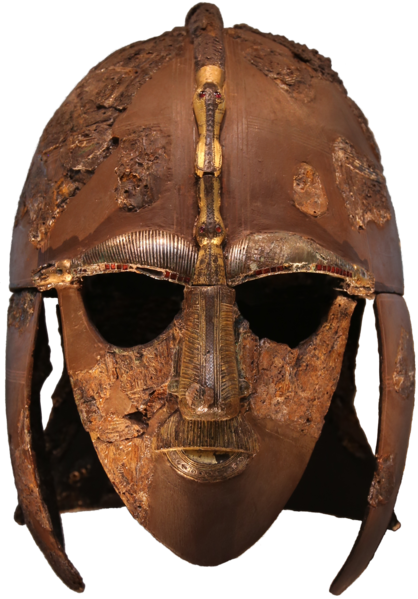European Funerary Rites
Europe is split in ways to bury the dead. Christianity has a good number of followers and they have one way for burial customs, and pagan religions follow their own.
Christianity has to follow the practise of when the person is dying, they are given Last Rites, to allow the dying individual to go to Heaven. If not, then the person's closest family and/or friends will pray and pay for masses to go through Purgatory or Hell and then enter Heaven. The family then washes the deceased, dresses them in clothing, and then takes the remains to the place of burial. From there the body is subjected to a Mass, and then interred in the relevant grave. Only the nobility is placed in coffins, and the commoners are wrapped in shrouds, and buried.
For pagan burials, there is differences. Some are cleaned, dressed and marked in some cases according to tradition. Sometimes the person is dressed in armour they used. The family usually does this. The body is then either buried or burned. The majority is buried, and usually put into a grave. Nobles may be treated differently, such as the Norse having boat burials where the nobles are buried in ships in a mound, or sent out to sea and the boat burned. Many bodies are buried with grave goods, such as eating & drinking utensils, riding gear and the sacrificed horse if they had one in life, clothing, and even weapons or other work related tools being common. These were sometimes burned too. The Celts and Norse have a similar tradition here, though the Celts seem to prefer placing the bodies in water and bending or breaking the deceased weapons before placing them in the grave. Water features seem to be recognised by some of the Celts as a feature leading to the Underworld.
Execution
Many pagan religions will bury the dead with grave goods to help with the afterlife, with them burying the dead in clothing & even their armour if they are high enough status. The clerics are present to appeal to the gods to let the person into the afterlife.
If the deceased is Christian, then Last Rites are carried out at some stage. The body is usually washed and then wrapped in cloth after being dressed, and carried to the place of burial. Only nobles are generally buried in coffins.
Components and tools
The priest will have the necessary garb, and items to preform any rites needed for burial, and the family & friends wash the body, make it if the deceased is part of a pagan religion, and dress the remains accordingly.
Participants
Family, friends and at least one priest is present. The priest carries out the rites of death for the one who passes, whether it is the Catholic Last Rites or something similar for other religions. The family, or friends if no family is present prepares the body for burial.
Observance
The rites are carried out within one day to five days later, depending on the class of the person. This higher the class, the longer it took.



Comments